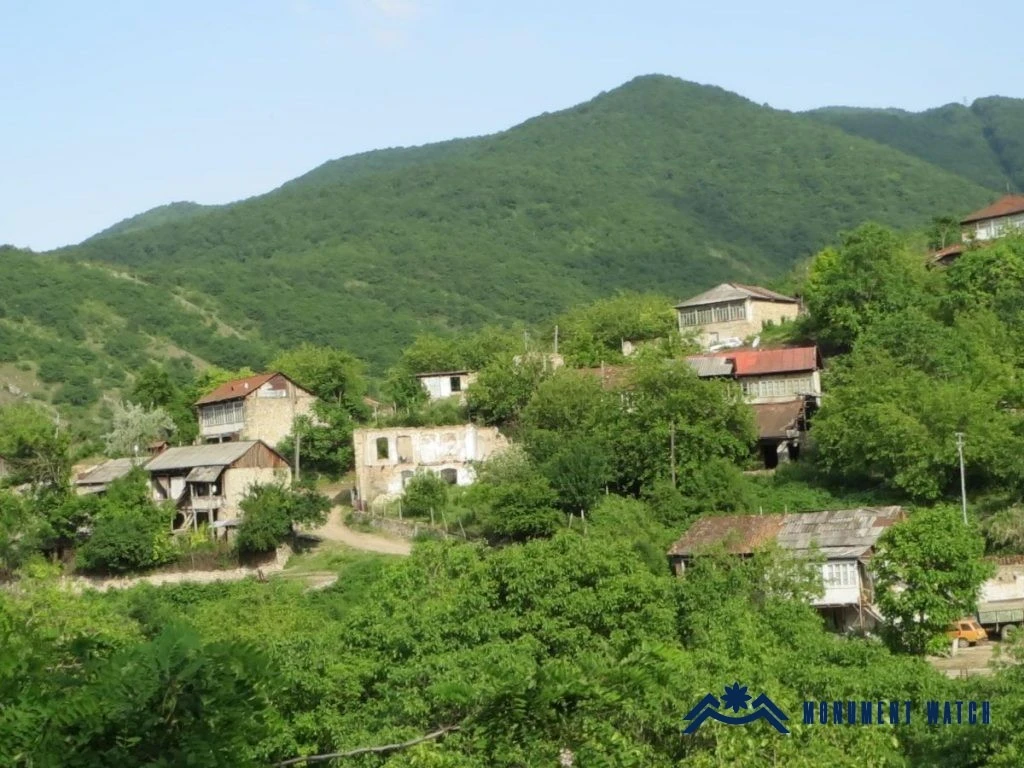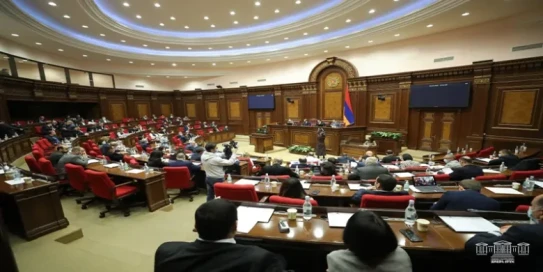Azerbaijanis have completely destroyed the occupied village of Mariamadzor in Hadrut



Non-partisans are not in a hurry. "Publication"
"Publication". Pashinyan instructed to organize a rematch-interview with the famous journalist of Time magazine Simon Shuster
"Right". Styopa Asatryan was assured by the authorities that "your salary will be big, don't think about it"
4 meetings with the same ambassadors, with the same agenda. what is happening "People"
The election of the head of Vagharshapat against the background of election bribes. everything is the same. "People"
The preliminary investigation body is going to apply to the court. who is judge Amiryan investigating the case and what did he declare? "People"
A new criminal case has been initiated against the clergy in KP. "People"
The digital system of labor contracts was launched (video)
"People". Yerevan Municipality spent almost 2 million dollars from the budget in one day
"Fact". Will Armenia give up Russian gas?
Five years later. war, defeat and losses that could and could not be. "Fact"
The support provided to the families of the missing servicemen will continue. "Fact"
"Pashinyan has little left to serve, maximum 8 months." "Fact"
State debt of more than 14 billion dollars, and not a single global project has been implemented. "People"
Minister Papoyan forgot the Russians again. who negotiated to import wheat from Russia through Azerbaijan? "People"
They are convinced that Nikol Pashinyan will suddenly not see the sides of Etchmiadzin. "Fact"
The western "segment" will be united. "Fact"
They were shocked by the fact of Narek Karapetyan's interview. "Fact"
"Right". Diana Gasparyan had a good laugh at the rating of KP candidate Argishti Mekhakyan
It is not possible to buy the HPP with this state budget, if they do not take new loans. "Publication"